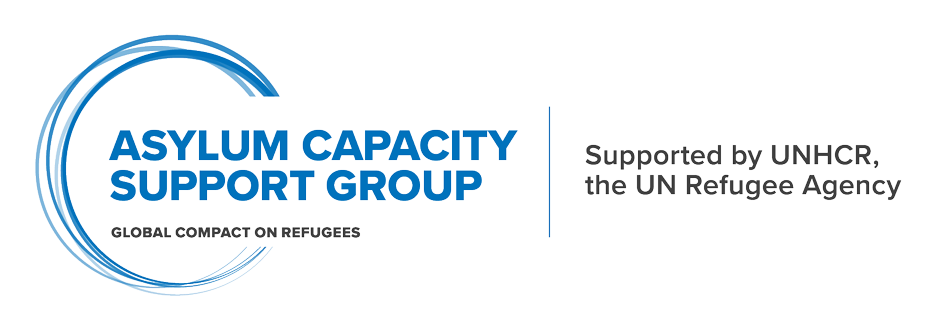
Mexico. An asylum-seeker fills out his COMAR file ©UNHCR/Jeoffrey Guillemard
Snapshot
Entities sharing this good practice: Mexican Commission for Refugee Assistance (COMAR)
Submitted by: Mexican Commission for Refugee Assistance (COMAR)
Key stakeholders: UNHCR Mexico, QAI Initiative
Visit their website: https://www.gob.mx/comar
The Mexican Commission for Refugee Assistance (COMAR), the body responsible for refugee status determination (RSD), implements procedures applying the broader definition proposed by the Cartagena Declaration with a view to a more agile, efficient, and quality procedure.
Following a detailed analysis of the current situation in certain countries of origin, COMAR concluded that, in some of them, the conditions are met to consider that there is a presumption of inclusion and thus to recognize as refugees under the broader definition of Cartagena (provided for in Part II. (And (III) of article 13 of the Refugee, Supplementary Protection and Political Asylum Act).
Based on the above, COMAR established a presumption of inclusion in favour of applicants fleeing their country due to circumstances that seriously disturb public order, massive violations of human rights. As a result, these people were presumed to be in need of international protection and could meet the eligibility criteria contained in the broader regional definition of Cartagena (section II of article 13 of the aforementioned regulation), after analysing the credibility of the facts narrated.
For this presumption of inclusion to be applicable, it is necessary that:
(i) The applicant is outside their country of origin and is of one of certain nationalities or, being stateless, these are the countries of their habitual residence.
(ii) The applicant has fled their country for reasons related to the situation of serious disturbance of public order that prevails in their country of origin or does not want to return to it for said reasons.
(iii) The applicant has not committed any acts that would result in exclusion.
(iv) The applicant’s account does not present credibility problems.
Activities
A case distribution system was established among Protection Officers according to profiles: thus, for example, unaccompanied children or children separated from their families are assigned to Protection Officers specialized in child protection;
For the implementation of this practice, a series of documents were prepared:-
-Guide to questions related to a possible exclusion analysis
-Table with the structure of the interview
-Template Decision
-COI update
-Annex Indicators
- The procedure demonstrates the benefits of implementing differentiated case processing strategies in the face of significant growth in asylum applications and establishing a presumption of inclusion based on the broader definition of the term refugee.
- Monitoring the implementation of the procedures is crucial for their effective implementation and for the achievement of the proposed objectives. This monitoring includes the establishment of specific deadlines between the different stages of the procedure and the preparation of necessary documents.

Recent Comments